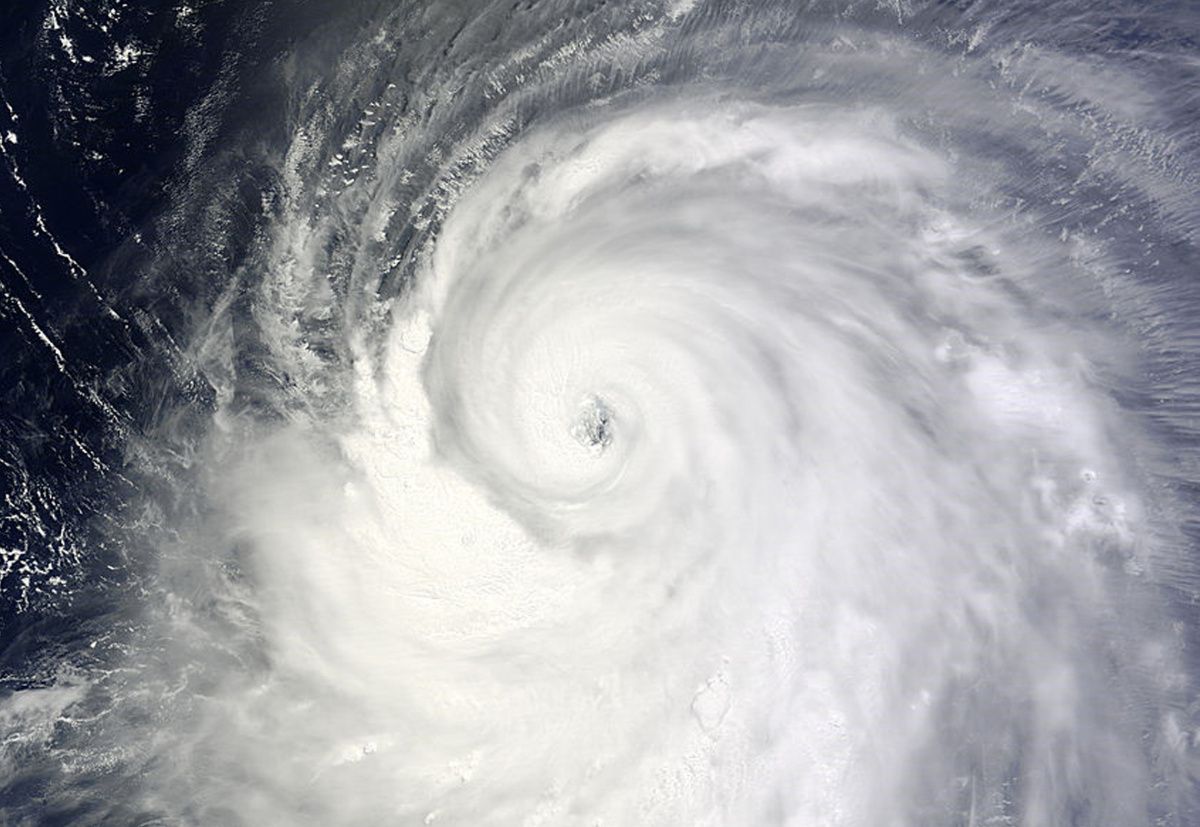 A powerful typhoon pounded across the southern Japanese islands of Okinawa on Tuesday, as residents took refuge from destructive winds, towering waves and storm surges, theepochtimes.com reports.
A powerful typhoon pounded across the southern Japanese islands of Okinawa on Tuesday, as residents took refuge from destructive winds, towering waves and storm surges, theepochtimes.com reports.
Airports closed and residents were evacuated from low-lying areas and shorelines asTyphoon Neoguri passed over Okinawa, packing sustained winds of 175 kilometers (108 miles) per hour and gusts up to 250 kph (154 mph), the Japan Meteorological Agency said. It said the storm could be one of the strongest to hit Japan in decades, generating waves up to 14 meters (46 feet) high.
“There is a risk of unprecedentedly strong winds and torrential rains. Please refrain from nonessential outdoor activities,” Meteorological Agency official Satoshi Ebihara told reporters at a news conference.
The agency issued special warnings for violent winds, heavy rain and storm surges. The storm was moving slowly and diminishing in intensity, but its wide area and slow movement could add to the potential damage, weather forecasters said.
Hundreds of people were evacuated from shorelines and low-lying areas.
Television reports showed some downed branches. The national broadcaster NHK said one 83-year-old woman had suffered a head injury but otherwise there were no reports of serious damage. Some 22,100 homes in Okinawa were without electricity.
Government leaders held an emergency meeting Monday, urging urged local governments and residents to take maximum precautions. Authorities in China and Taiwan also warned ships to stay clear of the storm.
Forecasts show the storm tracking toward Kyushu island and then across Japan’s main island of Honshu. It is forecast to lose more of its power over land, but winds and heavy rains could cause landslides and other damage, Ebihara warned.
The typhoon comes on the tail end of Japan’s summer rainy season, and landslide warnings already are in effect for some areas due to those seasonal downpours.
The Philippines was spared from the ferocious winds of Neoguri, which blew closest to land late Monday when it roared about 480 kilometers (298 miles) east of the northernmost province of Batanes, government weather forecaster Gladys Saludes said.
While the typhoon did not make landfall, it intensified the southwest monsoon, dumping heavy rains to some western Philippine provinces, she said.
 В Атырау -6
В Атырау -6